Having never played any FF game until FF7R, I was pretty surprised to learn how vitriolic fan wars were over Tifa vs. Aerith. Apparently, the love triangle between Cloud, Tifa, and Aerith has fed heated debate within Final Fantasy 7 fandom over 20 years. In contrast, FF7R makes an effort to present Tifa and Aerith as friends. Nothing makes this clearer than the Train Graveyard scene – but those nuances get lost in English.
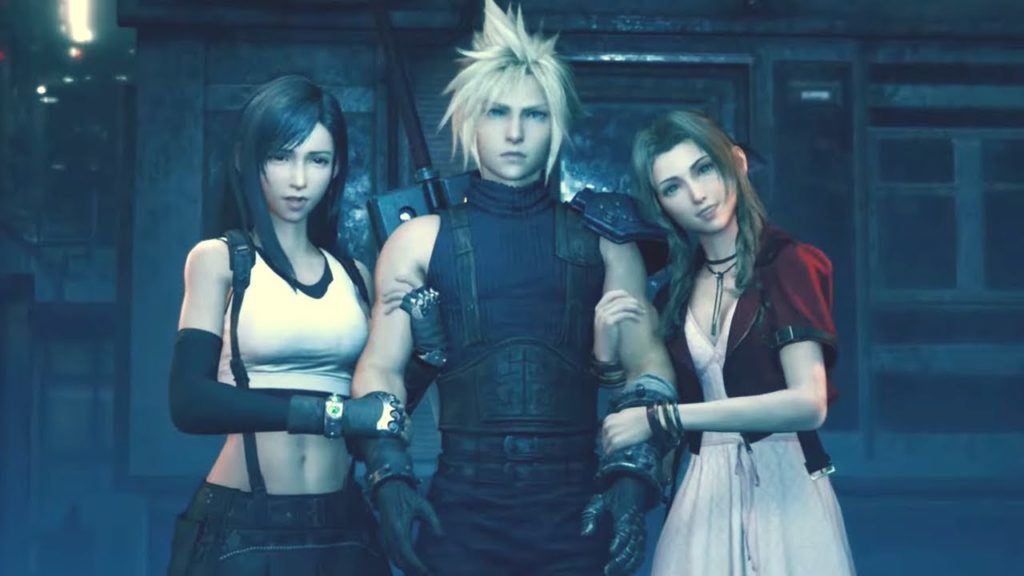
Thematically, the Train Graveyard scene plays off of the childhood game of hide-and-seek. Aerith’s Japanese script makes this obvious though the official English script, unfortunately, avoids it. After defeating the first mini-boss, Aerith seems to be reading what the monster is thinking. She is surprised and says
Japanese: 隠れん坊…? (kakurenbō?)
English subtitle: “That was fun”…?
My trans: “Hide-and-seek?”
Hide-and-seek vs. kakurenbō
There are some important cultural differences that we need to know. In Japan, hide-and-seek is called kakurenbō (the word is literally something like “hidden boy”). It is different from how we play hide-and-seek in America (or at least how I remember playing it).
1. The kid looking for the others is called Demon (Oni) and not “It.”
2. Oni covers his eyes and counts to 10 or whatever.
3. Then Oni says “Are you ready now?” which sounds like Mō ii kai? “It” just says “Ready OR NOT, here I come.”
4. The other kids have to answer “I’m ready!” or Mō ii yo! Otherwise, the Oni gives them more time to hide.
5. When you find someone, the kid usually says “I found you!” (mitsuketa).
6. The other thing is, kakurenbō has recently gotten some creepy vibes. Apparently, there is a Japanese urban legend about “1 person hide-and-seek” (hitori kakurenbō). It involves hiding from demons that you basically compel into a stuffed animal at 3 am and that’s all I want to write because it is scary. There is even a Wikipedia article and a few recent horror movies about it. My point is, the creepy possibilities of kakurenbō are more readily in a Japanese player’s consciousness than hide-and-seek is for a North American.
So why is this important? Keep reading.
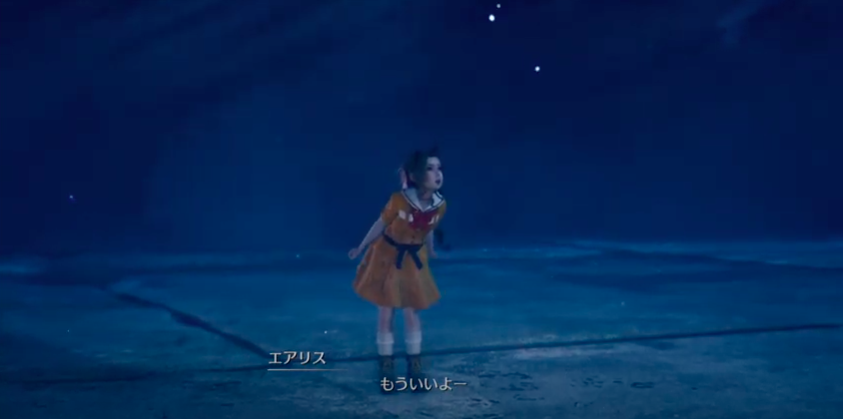
“Are you ready?” “I’m ready!”
In the Japanese language setting, you can hear the pattern of words throughout the entire Train Graveyard scene. Whenever Aerith finds a ghost, she teases “I found you!” (mitsuketa). Aerith remembers a sad memory of being isolated from her peers from kakurenbō. In her flashback, you can hear the other kids doing their Marco-Polo-like call back to each other (Mō ii kai? Mō ii yo!). The same Japanese words are repeated each time, as would be in kakurenbō.
The English is different every time because there is no cultural equivalent in hide-and-seek.
「もういいかい」(mō ii kai) is translated as “Are you ready?” and “Well are you?”
「もういいよ〜」(mō ii yo) becomes “I’m ready now!” “Me too!” “I said I’m ready” or “Come get me!” or “I’m right here.”
「みつけった 」(mitsuketta) is turned into “Found you!” and “We found you!”
「みつかった・みつかっちゃた 」(mitsukatta, mitsuka-chatta) is now “No way! and “Aw, you got me.”
Young Aerith continues to shout mō ii yo, signaling that she is ready for someone to play with her. No one responds to her.
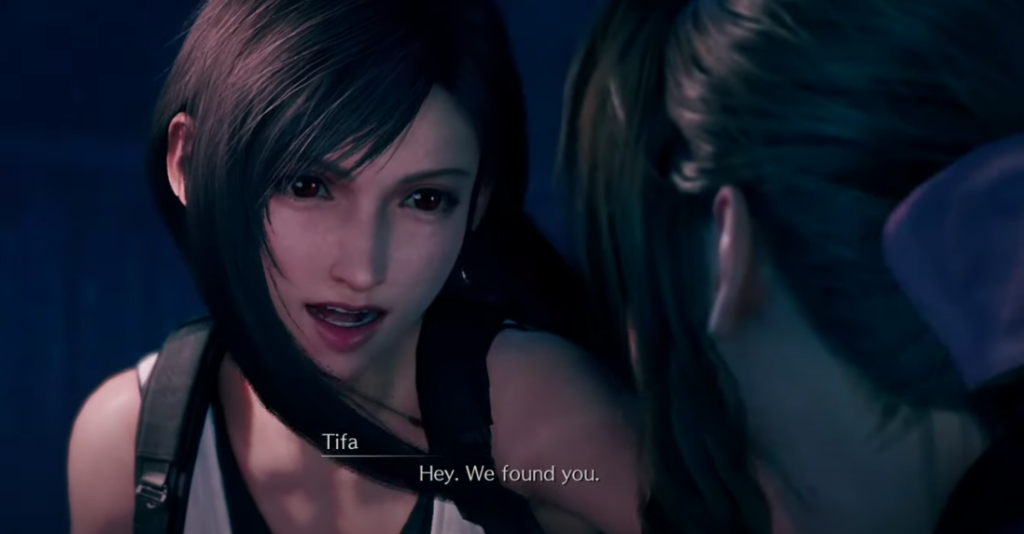
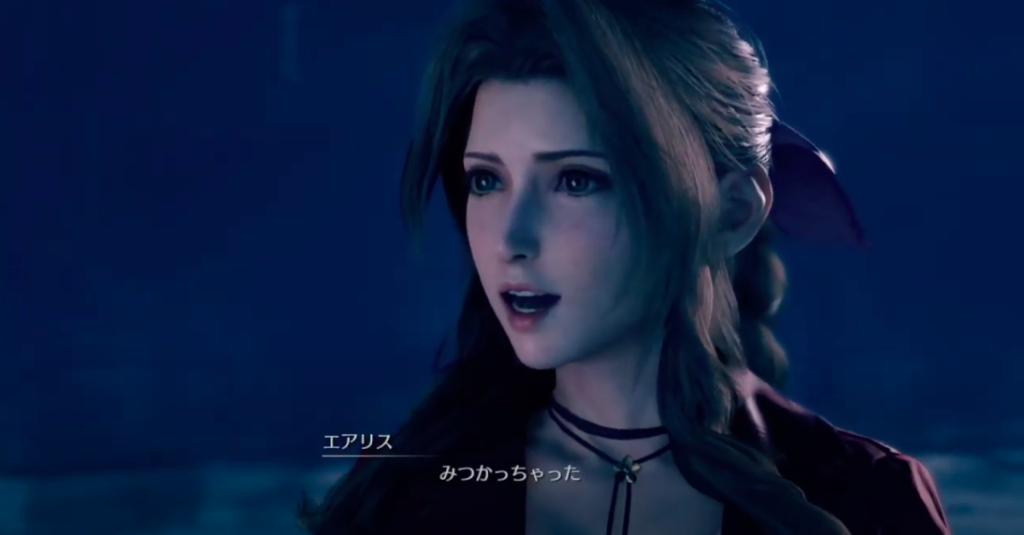
“I found you!” “You found me.”
When Tifa eventually finds Aerith, they exchange the set pattern of words that kids use in kakurenbō. It is a much more powerful exchange due to the meaning that is now embedded in those words. Tifa is the one who finally “completes” the childhood game by finding and including Aerith. Aerith can finally give her response to Tifa, completing the game.
Tifa says
Japanese: 「みつけた エアリス」(mitsuketa Aerith)
English subtitle: “Hey. We found you.”
Aerith replies
Japanese 「みつかっちゃった」(mitsukachatta)
English subtitle: “I guess you did.” The true friendship between Tifa and Aerith gets well established in these scenes.
As you can tell, this game language is not carried into the official English translation. The impact just isn’t quite the same in English since different phrases are used each time.
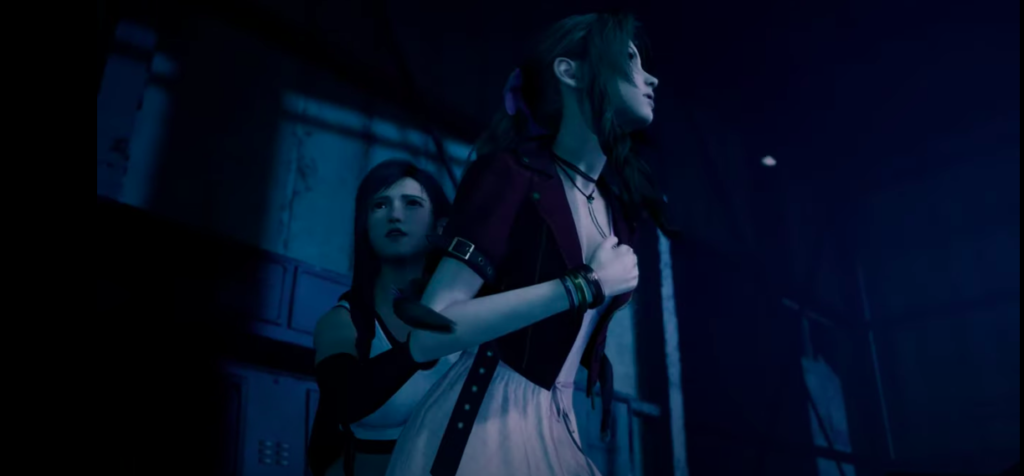
The true friendship between Tifa and Aerith gets well established in these scenes. Though it is harder to piece out when cultural differences interrupt translation, we should feel confident that these two women are meant to be great allies. Tifa is the friend that Aerith has wanted since childhood. And Aerith? She is actually Tifa’s protector in some ways. Cloud can’t get between these two.
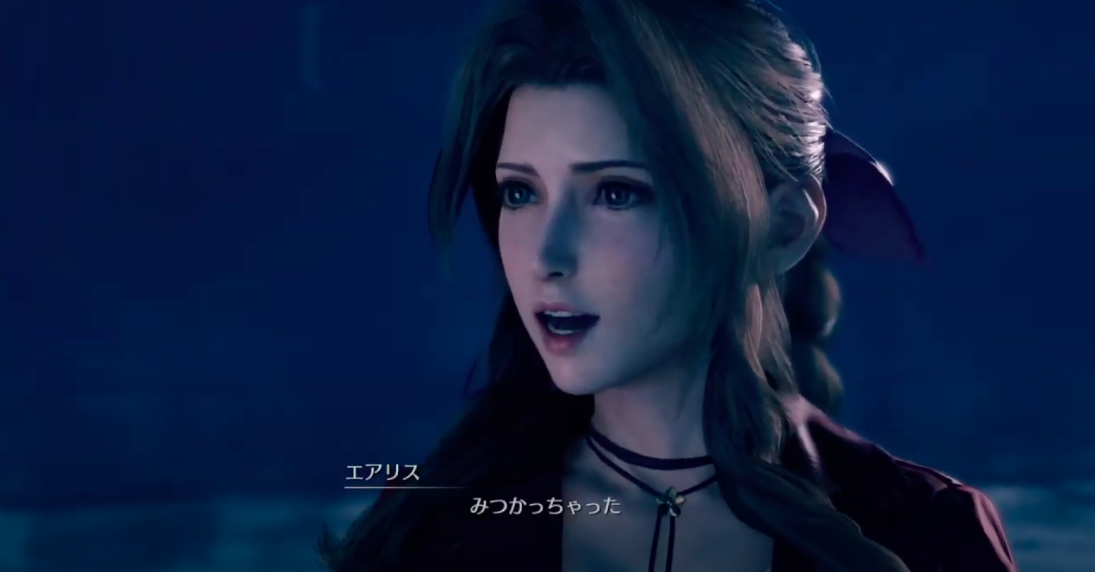
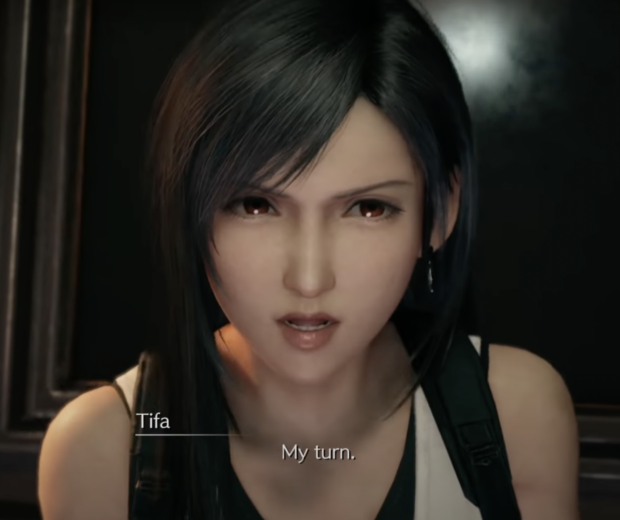

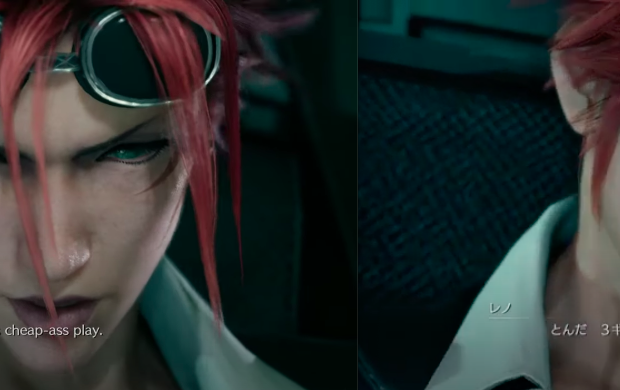
The So-Called Love Triangle in Final Fantasy 7. - Juliana Choi
May 6, 2021 at 11:41 am[…] had written on the Hide-and-Seek game within the Train Graveyard scene where Tifa and Aerith are characterized as good friends. Having not been part of the original FFVII […]